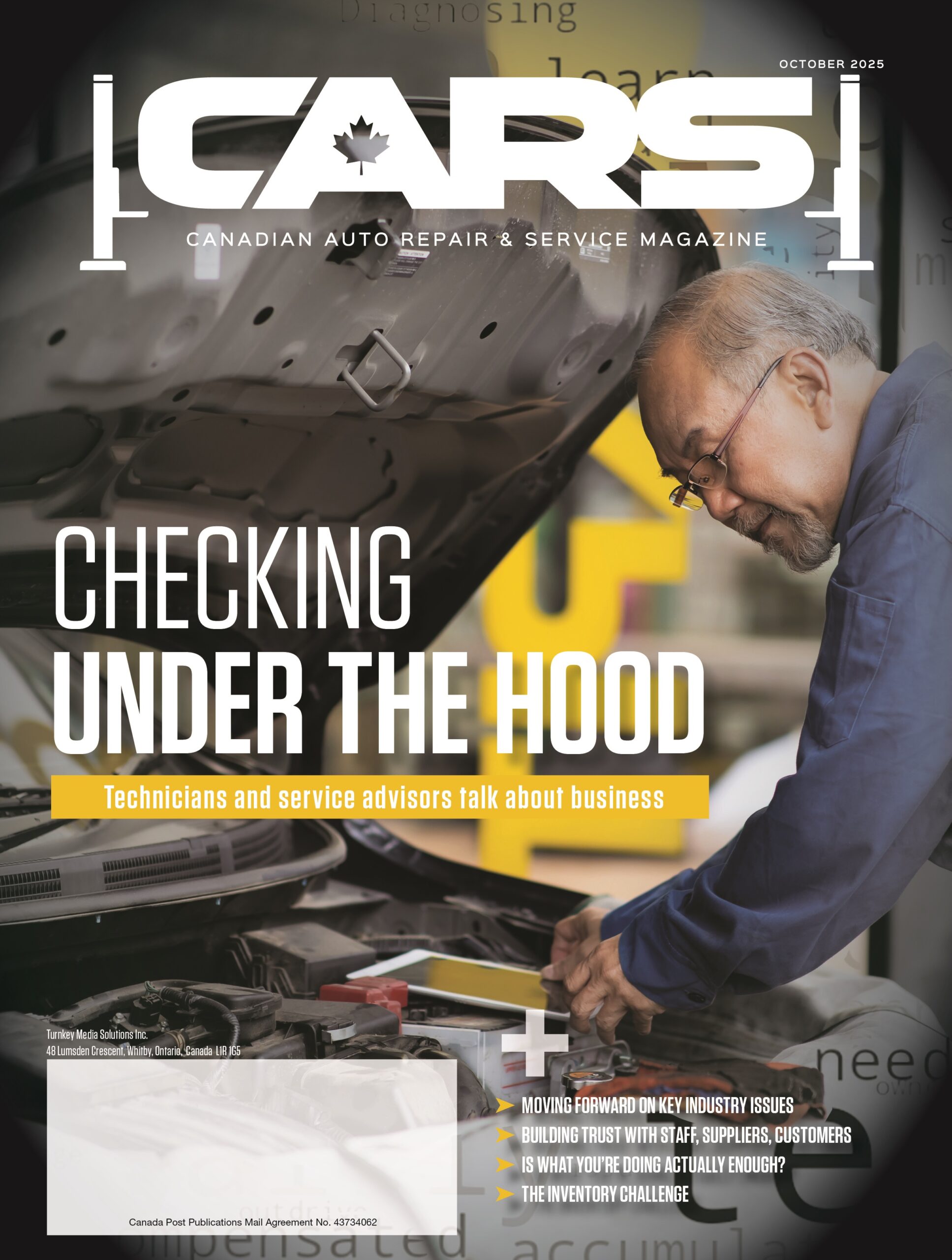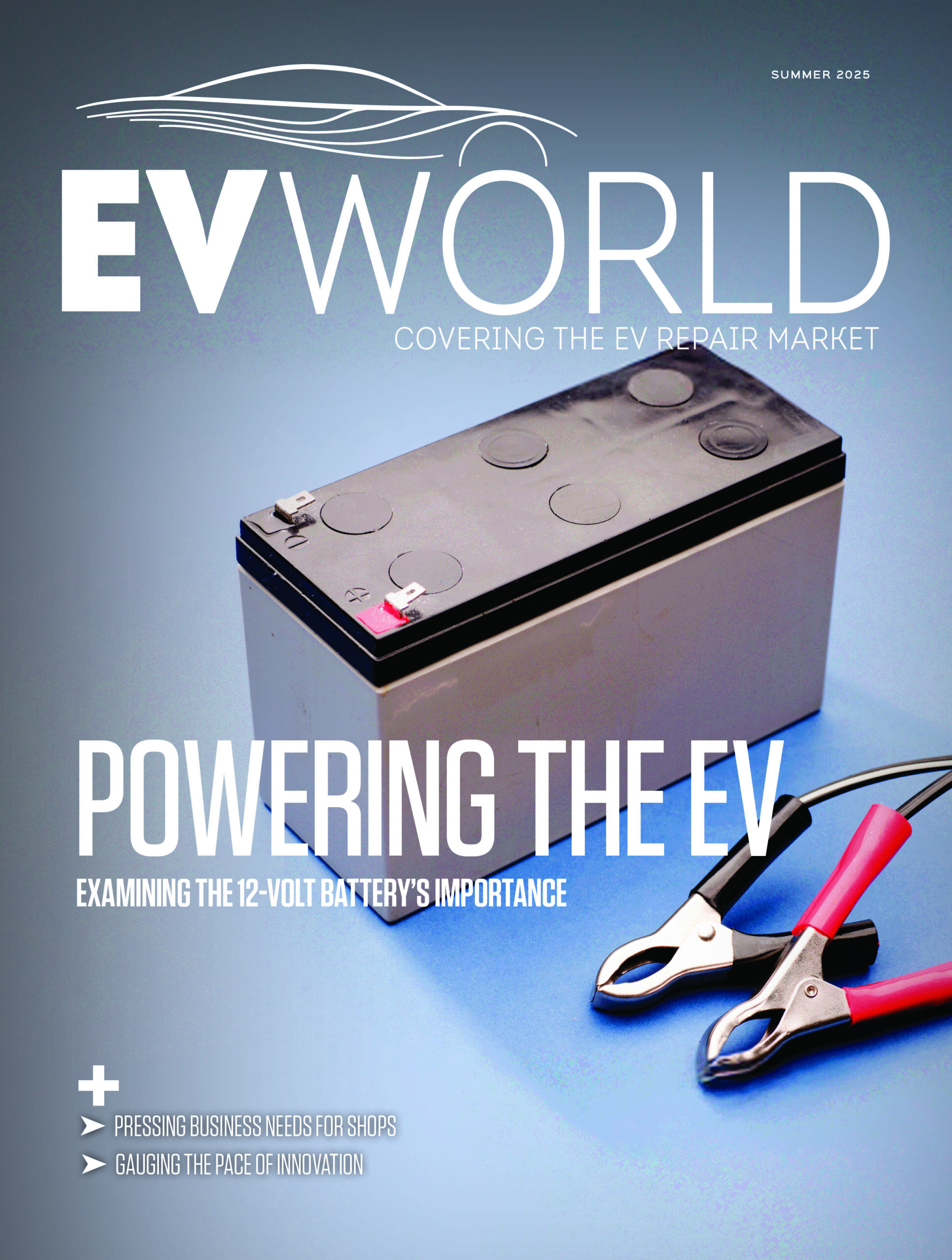
Solutions for automotive retail and repair are closer than you think
Once upon a time, an auto repair shop’s most advanced technology was a well-worn set of socket wrenches and a grease-stained shop manual. Today, we have digital diagnostics, predictive maintenance and an explosion of e-commerce in the parts business.
But as transformative as these innovations have been, the real game-changer might be something we haven’t fully embraced yet: Generative AI.
I wrote about generative AI in this space when ChatGPT broke into the scene in 2023. I speculated about the possible applications for the aftermarket. But I have to admit that, at that time, I thought these tools were still a few years away. But the breakneck pace at which generative AI have evolved over the last two years has brought these applications closer to reality sooner than anyone expected.
If you think AI is just for Tesla’s Autopilot or writing essays on ChatGPT, think again. It’s time to explore how generative AI can transform the world of automotive service and retail.
Smarter service recommendations
The days of playing ‘20 Questions’ with customers about the weird noise their car is making may soon be over. Generative AI can take vehicle history, diagnostic data, and customer inputs to predict likely issues and recommend service before problems arise.
Imagine a world where a customer reports a “grinding sound when turning left,” and AI cross-references that with real-time data, identifying a likely worn-out CV joint before a technician even lifts the car. That’s not just efficiency; that’s magic.
AI-powered repair guidance for technicians
Even the most experienced technicians sometimes face a head-scratcher of a repair. With AI-powered assistance, they can input symptoms, error codes and vehicle history to generate detailed troubleshooting steps.
Picture a technician diagnosing a tricky electrical issue: Rather than spending hours combing through service bulletins, an AI tool can instantly suggest the most probable fixes, complete with diagrams and torque specs. It’s like having the world’s most knowledgeable master mechanic available on demand, minus the coffee breaks.
Bosch has already introduced AI-powered diagnostic tools that can assist technicians by analyzing patterns in error codes and suggesting the most likely fixes, significantly reducing troubleshooting time.
Streamlining parts inventory and sales
Ever had a customer walk in and ask for “that thingy that goes on the front of the engine”? AI can bridge the gap between vague descriptions and precise part numbers. By integrating AI-powered chatbots and visual recognition tools, parts retailers can quickly identify needed components, reducing the frustration of back-and-forth conversations.
On the backend, AI can optimize inventory management, predicting demand for specific parts based on historical trends, seasonality and even local weather forecasts. For instance, AutoZone has incorporated AI-driven inventory management to anticipate customer demand and ensure the right parts are stocked at the right locations, reducing wait times and lost sales.
If you think AI is just for Tesla’s Autopilot or writing essays on ChatGPT, think again. It’s time to explore how generative AI can transform the world of automotive service and retail.
Hyper-personalized customer engagement
Let’s face it, most customers don’t remember when they last had their brake pads checked and they’re probably ignoring that “Service Engine Soon” light. Generative AI can keep customers engaged with timely, personalized reminders, service promotions and educational content tailored to their vehicle’s history.
Imagine an AI-generated email that says, “Hey Alex, based on your mileage, your Toyota Camry is due for a transmission fluid change. We have an opening this Thursday — click here to book an appointment.” That’s not just good service; that’s customer loyalty in the making.
AI in training and knowledge retention
Training new service advisors or parts counter staff is an ongoing challenge. AI can help create interactive training modules that simulate real-world customer interactions, providing instant feedback and guidance.
Instead of memorizing parts catalogs, an AI assistant can instantly pull up compatibility data, alternative options and pricing comparisons — helping new employees become effective much faster.
Not specific to automotive, but Walmart has implemented AI-driven training simulations for employees, improving customer interactions and increasing efficiency — something that could be equally beneficial for automotive service centres.
Fraud prevention and quality control
Unfortunately, fraud exists in the automotive industry, whether it’s warranty abuse, counterfeit parts or unscrupulous service claims. AI can analyze repair patterns, detect anomalies, and flag suspicious transactions before they become costly issues.
Additionally, AI-powered quality control can scan parts for defects before they’re installed, reducing warranty claims and improving customer satisfaction.
In other words, AI is like that eagle-eyed shop manager who spots a problem before anyone else—but without needing reading glasses.
The road ahead
Of course, implementing AI isn’t as simple as flipping a switch. It requires investment, integration with existing systems and a willingness to embrace change. But those who do will be ahead of the curve in an industry where efficiency and customer trust are everything.
The best part? AI isn’t here to replace the human touch; it’s here to enhance it. Customers still want to talk to knowledgeable staff and technicians still need to get their hands dirty under the hood. But with AI handling the grunt work — analyzing data, predicting problems and streamlining operations— everyone in the shop can focus on what they do best: keeping cars on the road and customers happy.
So, will AI ever torque a bolt or diagnose an engine knock by ear? Probably not. But can it make running an auto shop smarter, faster and more profitable? Absolutely.
The real question is: Are we ready to embrace it or will we wait until the competition is already miles ahead?
Your move.
Kumar Saha is Vice President (U.S.)/managing director (Canada) of global automotive data firm Eucon. He has been advising the North American automotive industry for over a decade and is a frequent conference speaker and media commentator. He is based out of Toronto.
This article originally appeared in the March issue of Jobber News













Leave a Reply